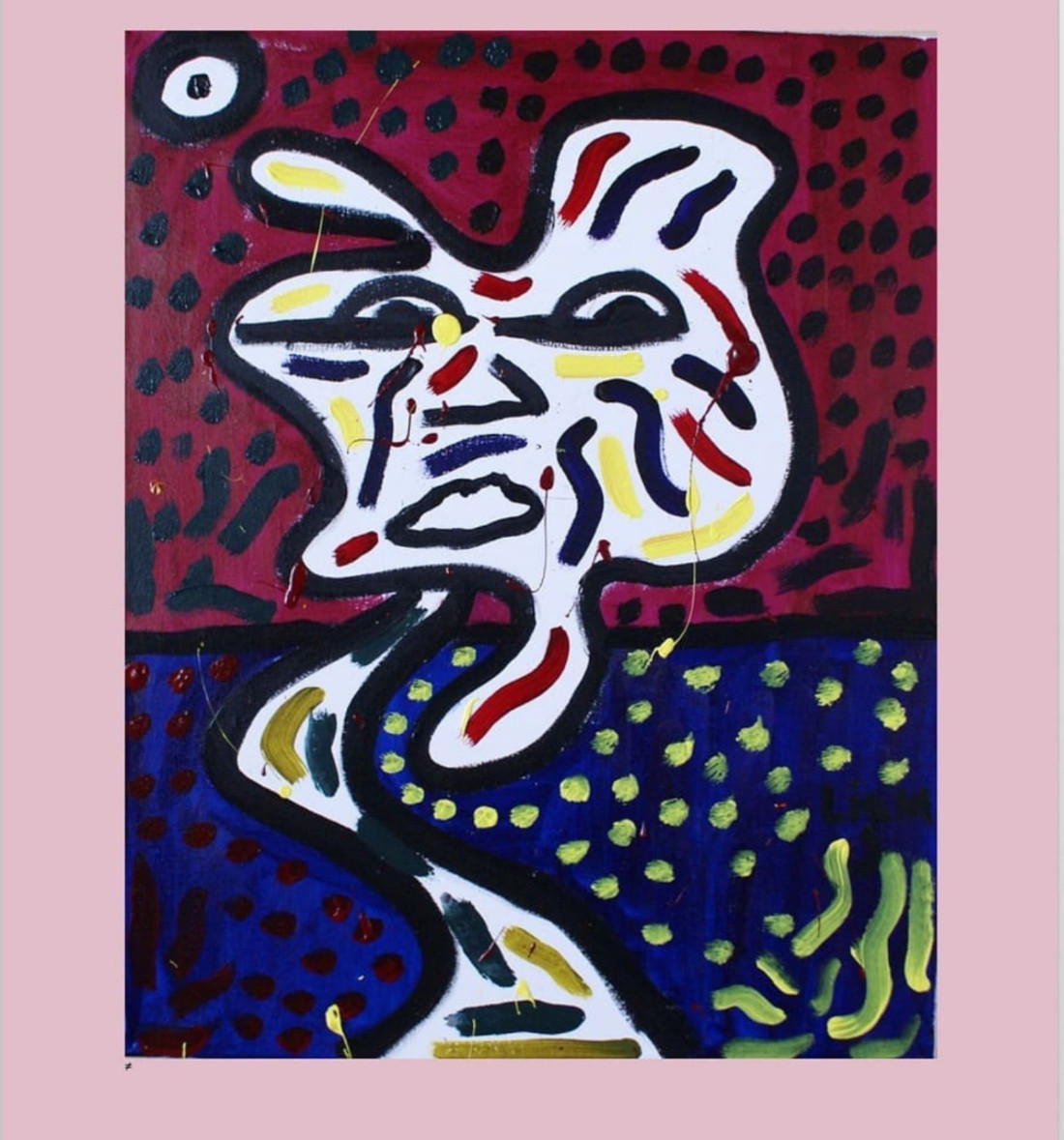Art speaks louder than words
Exhibition sheds light on human rights through a youth perspective

A painting by Liam Sewell featured in the ARTiculate Our Rights exhibition at the Canadian Museum for Human Rights. (Supplied photo)
If youth had the opportunity to express their vision of human rights through art, what would they create?
Challenged by this thought, Manitoban youth between the ages of 13 and 19 had the chance to showcase their work through the ARTiculate Our Rights exhibition at the Canadian Museum for Human Rights (CMHR).
The artists “had to submit their art and explain what human rights meant to them. It’s the most fun gallery in the museum at this point in time,” CMHR interpretive program developer Lola Whonnock says.
Each piece conveys a particular human right that stood out to the participants. Some of the recurring themes are communication, inclusivity, activism and mental health.
“You can’t express (the meaning behind these rights) in a paragraph. It takes too much energy to communicate that way, whereas the visual impact hits you immediately,” Whonnock says.
The project started last year, aligning with the 150th anniversary of Manitoba. Selected artwork was featured on billboards at The Forks during 2020. Now, these thought-provoking artworks made by youth will be displayed inside the museum at the Level 6 gallery until June 30, 2022. Among the pieces available at the exhibition is Liam Sewell’s.
“My painting is inspired by a Cree artist named Jane Ash Poitras, specifically a piece called Bearclaw. The work itself is a self-portrait of me. My facial expression is supposed to look anxious (a representation of my emotions at the time), with the eye in the corner representing my feeling of being watched and judged,” Sewell says in an email to The Uniter.
Sewell acknowledges the importance of keeping human rights in artists’ conversations, especially because there are so many young people with progressive thinking. The opportunity to combine topics that youth are passionate about with their artistic abilities makes the exhibition a rewarding moment.
“I was in a very creative period of my life, and I knew that my piece had something to say about myself. I also felt very happy with how it turned out and that I could contribute with the exhibition,” Sewell says.
Some participants, including Chase Fedak, were encouraged by their teachers and family members to submit art projects, which were represented through paintings, drawings and photography.
“I felt so proud of what I accomplished and how the photo came out, especially since it meant so much to my aunt, who loves birdwatching. We both pretty much lost our minds when we found out it was going to be shown in the Canadian Museum for Human Rights,” Fedak says.
More than 100 submissions were analyzed by the jury, which selected the pieces to be displayed for public viewing.
Those who visit CMHR will be able to see the paintings indoors through a dynamic slideshow. Alongside the art on the screens, the Graffiti Gallery left their imprint on the museum walls, with a mural by artists Kerri Parnell and Rey Hope.
Published in Volume 76, Number 6 of The Uniter (October 21, 2021)







